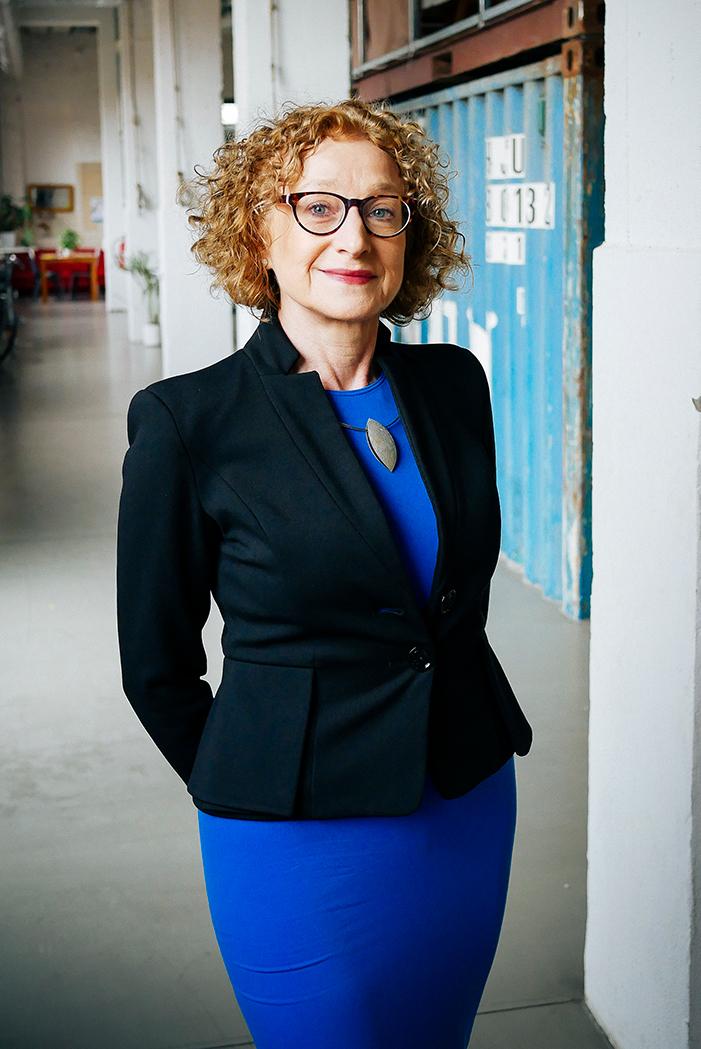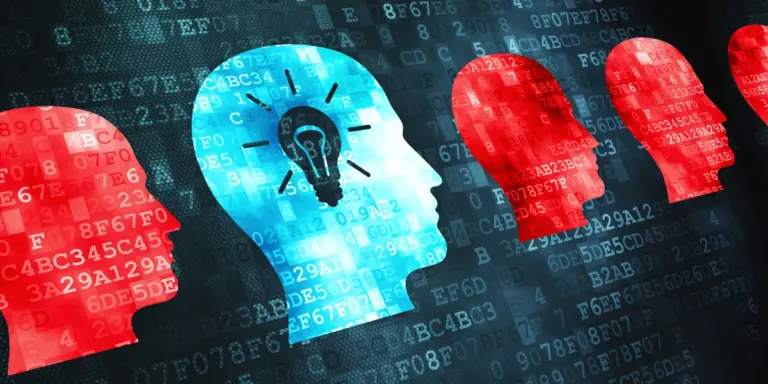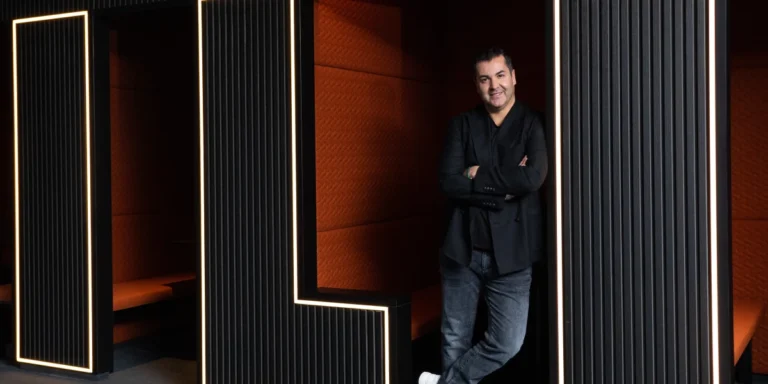
The Game-Changing Role of Generative AI in Finance Departments
This blog post aims to highlight the transformative potential of AI in finance departments and provide practical insights into its implementation and the challenges involved.

Transforming Financial Instructions
With Innovative Digital Solutions

Reduce Corporate carbon Footprint with gecco2

Corporate Carbon Footprint and ROI

Transforming Financial Instructions
With Innovative Digital Solutions

Reduce Corporate carbon Footprint with gecco2

Corporate Carbon Footprint and ROI
EN
An interview with Prof. JIVKA OVTCHAROVA & MICHAEL GRETHLER – Karlsruhe Institute of Technology
We met Professor Ovtcharova, Head of Institute for Information Management in Engineering (IMI) at the Karlsruhe Institute of Technology and Michael Grethler, Head of Industry 4.0 Test Bed of the IMI to talk about Extended Reality and Artificial Intelligence technology and how it will develop in the future.
In the digital age, the rapid advancement of technology is pushing traditional human resources to evolve. Extended Reality in Human Resources is a pivotal force driving this transformation. By leveraging XR technologies, companies are shifting from conventional HR methods to creating more resourceful humans who are better equipped to handle modern workplace challenges.



As technology continues to evolve, so too must the functions of Human Resources. By embracing Extended Reality, companies can transform their HR departments into hubs of innovation and efficiency. This shift from traditional HR to creating resourceful humans is not just a trend but a necessity in today’s fast-paced business environment.

This blog post aims to highlight the transformative potential of AI in finance departments and provide practical insights into its implementation and the challenges involved.

Learn how AI is driving innovation, increasing profitability, and overcoming industry challenges in Finance. Read more in this article for BankMagazin Germany by our CEO Dr. Serhan Ili.

How can companies become more sustainable without losing competitiveness? What role do innovation and digitalization play? Read our CEO interview with BUSINESS Talk.